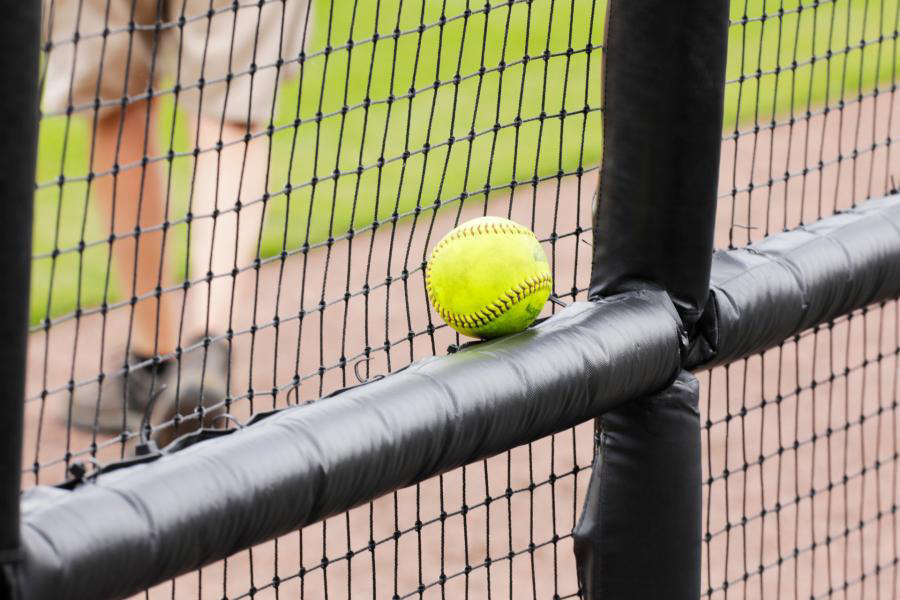
High school softball coaches will be able to use electronic devices in the dugout for one-way communication to the catcher while the team is on defense beginning in 2025.
High school softball coaches will be able to use electronic devices in the dugout for one-way communication to the catcher while the team is on defense beginning in 2025.
This landmark change was the highlight of the NFHS Softball Rules Committee’s two rules recommendations, which were forwarded as a result of the committee’s annual rules meeting held June 9-11 at The Alexander hotel in Indianapolis. The NFHS Board of Directors approved both rules changes to take effect next year.
“This change is the result of analysis of current data, state association experimentation and a positive response from the membership,” said Sandy Searcy, NFHS director of sports and liaison to the Softball Rules Committee. “The committee has made these changes to support the use of emerging technology within the sport of softball. Being a permissive rule, the use of this one-way electronic communication will allow those who choose to embrace the technology an additional option to communicate with the catcher while on defense. It will also maintain the ability for those who prefer a more traditional approach to communicate using signals or a playbook/play card to continue that approach.”
Accommodating one-way communication to the catcher brought new language to two different sections of the NFHS Softball Rules Book, starting with Rule 1-8-6. Devices such as earpieces, electronic bands and “smart” watches are now permitted as an EXCEPTION within the rule provided the player does not utilize said device to return correspondence to the coaching staff. Prior to this change, team personnel could “record or transmit information pertaining to their players or team’s performance,” but could not communicate that information directly to players on the field during play.
Since both rules were updated for this change, the penalty from Rule 3-6-11 was added to Rule 1-8-6 as well, with violators subject to ejection unless the offense is ruled to be “of a minor nature.” This penalty has been in place for Rule 3-6-11 allowing the umpire to issue a warning if the offense is minor and then eject if the offense is repeated.
In addition to permitting the one-way communication devices, the updated version of Rule 3-6- 11 regarding “Bench and Field Conduct” specifies that coaches are prohibited from using the device “to communicate with any other team member while on defense or any team member while on offense” and the coach cannot use the device “outside the dugout/bench area.”
The second rules alteration for the 2025 season occurred in Rule 9-3-2b, where the Scoring and Record Keeping details surrounding a player’s batting record were edited to align with the enforcement in Rule 8-6-11, which covers the runner’s actions and provides the direct penalty for those actions.
A complete listing of the softball rules changes will be available on the NFHS website at www.nfhs.org. Click on “Activities & Sports” at the top of the home page and select “Softball.”
According to the most recent NFHS High School Athletics Participation Survey, 344,952 girls in 15,406 high schools played fast-pitch softball in 2022-23 making it the fifth-most popular girls sport, while an additional 6,058 girls participated in slow-pitch softball.


 Season Opener set for Horseshoe Indianapolis
Season Opener set for Horseshoe Indianapolis
 Prep Report: Golden Bears defeat New Palestine in baseball season opener
Prep Report: Golden Bears defeat New Palestine in baseball season opener
 Hawk named Beth Prince State Farm Athlete of the Week
Hawk named Beth Prince State Farm Athlete of the Week
 Preview of The Masters with Blake Sandman
Preview of The Masters with Blake Sandman




